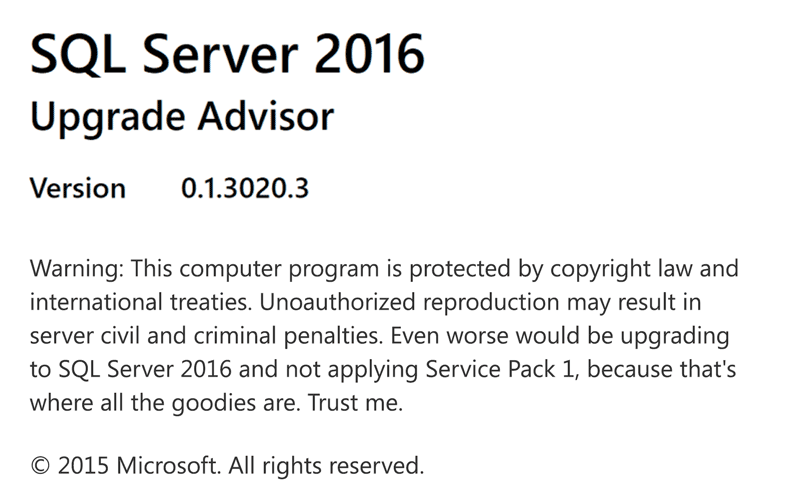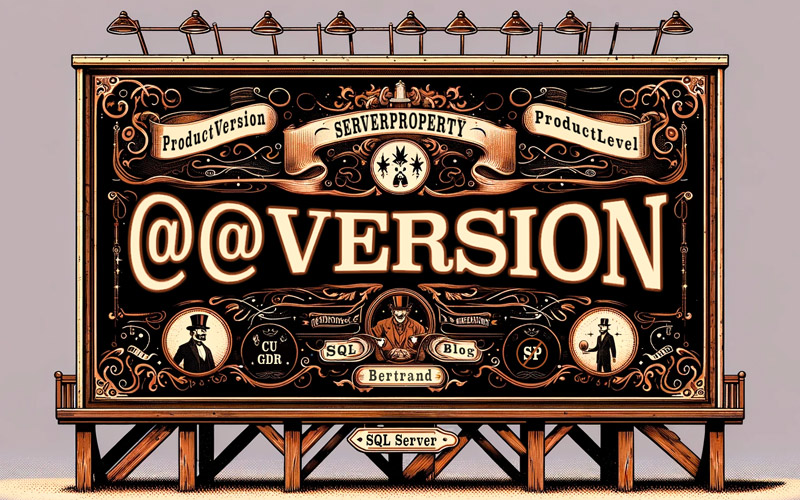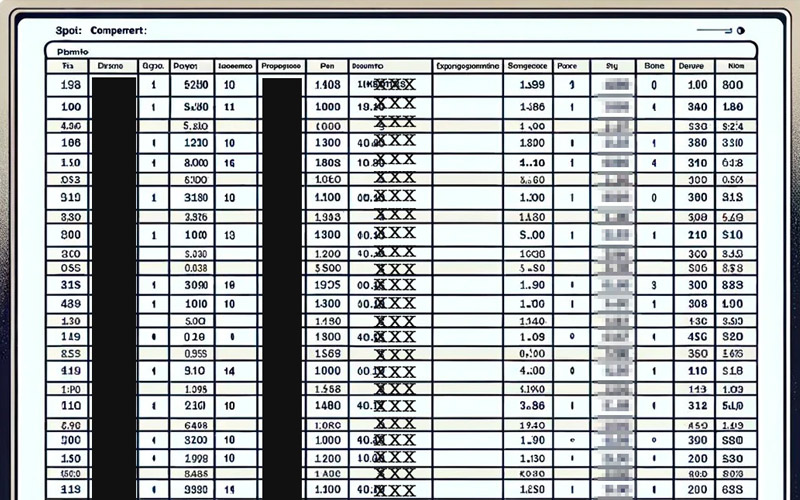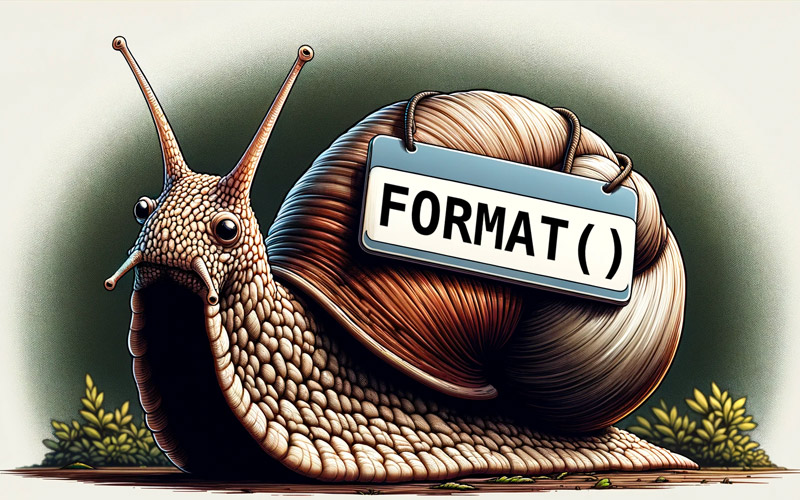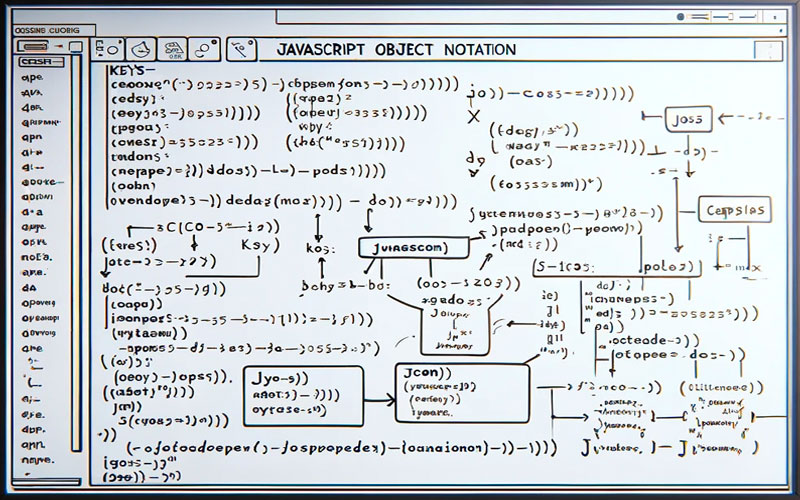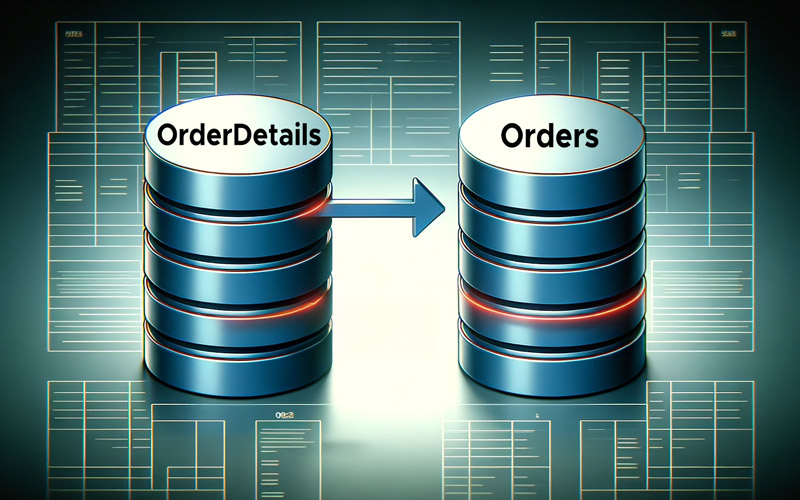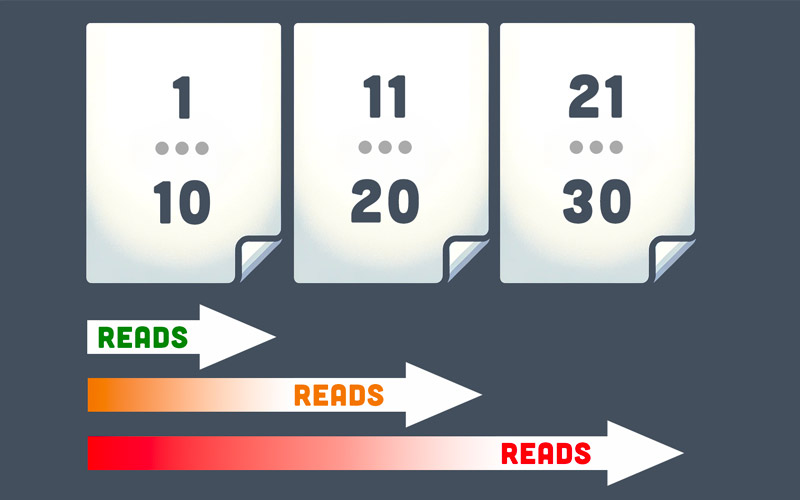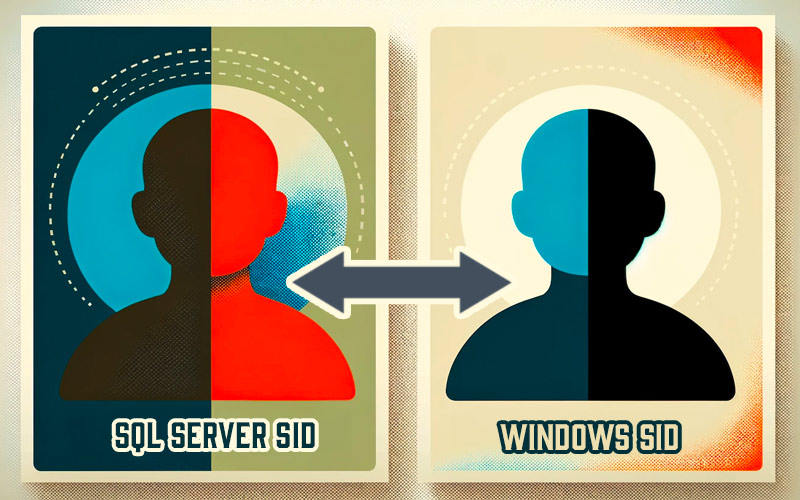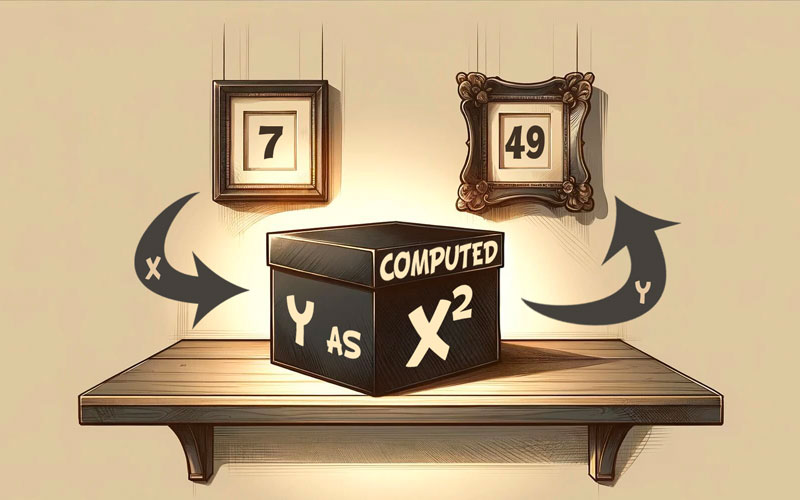Tip : Prepare for an Upgrade with the SQL Server 2016 Upgrade Advisor
I suggest a different approach to providing more data about service packs and cumulative updates than messing with @@VERSION.
I look at the tempting All Features With Defaults installation choice for this T-SQL Tuesday.
I share the settings file for the dark theme I use for presentations in SQL Server Management Studio (SSMS).
I compare multiple date formatting techniques, demonstrating again that FORMAT() is not worth the convenience.
A new feature introduces function statistics very similar to what we've had for procedures for ages.
For T-SQL Tuesday #67, I describe a new way to track backup and restore operations using Extended Events in SQL Server 2016.
I take a quick look at a couple of things you should be careful about when calling natively-compiled Hekaton stored procedures in SQL Server 2014.
Tip : Protecting Yourself from SQL Injection in SQL Server – Part 2
Tip : Protecting Yourself from SQL Injection in SQL Server – Part 1
For T-SQL Tuesday, I discuss undocumented trace flags that provide additional diagnostics to troubleshoot slow backup or restore operations.
I walk through some of the new JSON-related Transact-SQL functionality that will be available in SQL Server 2016.
Tip : Convert Existing SQL Server Traces to Extended Events Sessions
For T-SQL Tuesday< #65, I give a little detail on something I learned this week about altering a column from NOT NULL to NULL.
A little advice on the use of MDF/LDF files for backups.
I discuss the benefits of explicitly referencing columns in a query.
I follow up on a question from a triggers presentation at SQLBits, addressing the impact of trigger overhead for T-SQL Tuesday.
I show DDL commands in Azure SQL Database that can now run as online operations instead of blocking, size-of-data operations.
I address a popular theory that NOLOCK can substantially reduce locking overhead against #temp tables.
I talk about a couple of subtleties of THROW, and how to avoid frustrating bouts of troubleshooting.
I describe a scenario where Common Criteria compliance was deemed the cause of high LCK_M_SCH_M waits for multiple customers.
I show some views I use to make metadata queries simpler.
I show how to use common table expressions (CTEs) to better optimize SQL Server pagination queries that use OFFSET / FETCH.
I examine various impacts on SQL Server – not just disk space – when choosing a GUID as a clustering key.
I walk through several potential causes for different plans and/or performance for the same database on two "identical" servers.
Tip: Finding views with (or without) a certain property
I discuss a handful of reasons "identical" queries might yield multiple plans, contributing to plan cache bloat.
Tip: Over 40 queries to find tables with or without a certain property
I show some tricks for getting row counts efficiently, and explain why an accurate row count for a large table is a pipe dream.
I repeat "Bad habits" advice from the past about using statement terminators and schema references to avoid debugging troubles.
I demonstrate an affordable approach to readable secondaries, without the need for Availability Groups and all the licensing costs involved with Enterprise Edition and Software Assurance.
I point out that an often-used connection setting, AttachDBFileName, may be the source of many wasted hours of debugging and troubleshooting.
In this tip, I show how to use dynamic SQL to drop and re-create all foreign keys.
I treat a common scenario: behavior differs between two SQL Server databases that may be the same version, but different compatibility levels.
Tip : What Effect Does Persisting a Computed Column Have in SQL Server?
I discuss the NOLOCK hint in SQL Server, and why you want to avoid slapping it onto every table mentioned in every query.
Tip : What Happens When a Computed Column is Persisted in SQL Server?
I discuss examples where people expect SQL Server to perform tasks that really should be performed outside the scope of the database.
Tip : Change All Computed Columns to Persisted in SQL Server
I discuss ten common cases of misplaced optimization.
Tip : SQL Server Video – Tricks to play on your DBA – 2


